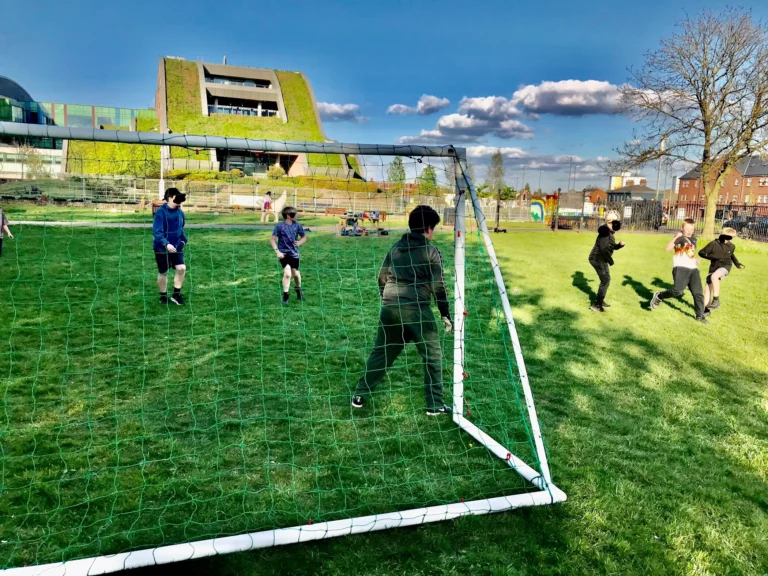The Impact of Social Media on Youth Violence: A Closer Look
A recent report by the Youth Select Committee explores the link between social media and youth violence. While it does not suggest social media directly causes violence, it highlights the ways in which online platforms can contribute to harmful behaviours among young people.
Key Findings
• Exposure to Violence Online – A significant number of young people encounter violent content on social media, which can normalise aggression and contribute to desensitisation.
• Algorithm Influence – Social media platforms often amplify violent content, increasing its visibility and reach.
• Peer Pressure and Validation – Many young people feel pressure to engage in or share violent content for social validation, with some seeing it as a way to gain status among peers.
Recommendations for Action
The report calls for a multi-layered approach to tackle the issue:
• Stronger Regulations – Social media companies must take greater responsibility for preventing the spread of violent content.
• Improved Media Literacy – Schools and youth organisations should equip young people with the skills to critically assess online content.
• More Support for Youth Services – Investment in community-based youth services and mentoring programmes can provide young people with positive role models and alternatives to harmful online influences.
• Collaborative Efforts – Government, law enforcement, educators, and the social media industry must work together to address the issue effectively.
The Role of Mentoring
Mentoring can play a crucial role in helping young people navigate the challenges of social media and its potential negative influences. By providing guidance, encouragement, and a safe space to talk, mentoring programmes—such as those offered by Youth Empowering Service CIC (YESCIC)—help young people develop resilience, confidence, and the ability to make informed choices. Visit our mentoring page on how we can help.
Final Thoughts
While social media is not solely responsible for youth violence, it is clear that online platforms can play a role in shaping young people’s behaviours and perceptions. Addressing this issue requires collective action from policymakers, educators, parents, and community organisations. By implementing the Youth Select Committee’s recommendations, we can work towards creating safer online and offline spaces for young people.
For further details, read the full report here.


